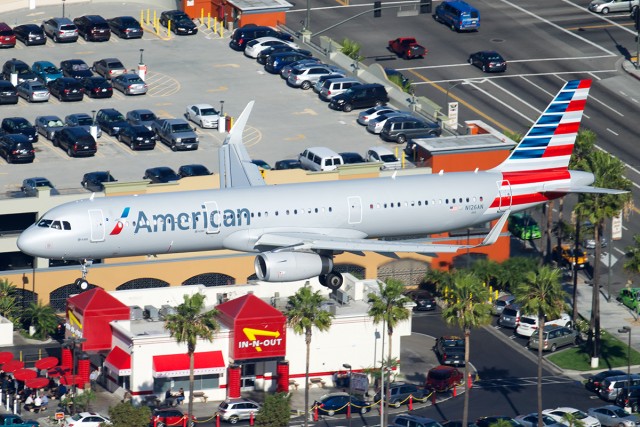
American A321 on final at LAX. AA could be a potential customer for the new variant – Photo: Bernie Leighton | AirlineReporter
Airbus has done what analysts have been expecting for the past few months; announce a version of the A321 with the ability to fly a greatly extended range and finally match (and exceed) the capabilities of a Boeing 757-200 with winglets.
The 97-ton maximum weight will be achieved by the addition of a fuel tank in the forward baggage compartment and some fairly low-cost reengineering of the wing. Air Lease Corporation is the launch customer, with a memorandum of understanding for thirty frames. They have not, yet, stated where these aircraft will be placed.
To achieve a 4000-nm range, Airbus has envisioned a configuration carrying 206 passengers (16J and 190Y). They have also stated that, due to the extra fuel tank and limitations of the design, it is unlikely for this aircraft to be able to carry much cargo. This may, immediately, appear as a source of consternation if your airline relies on flying long sorties on narrow-bodies full of fresh fish. Otherwise, is it really a big deal? I would say no.
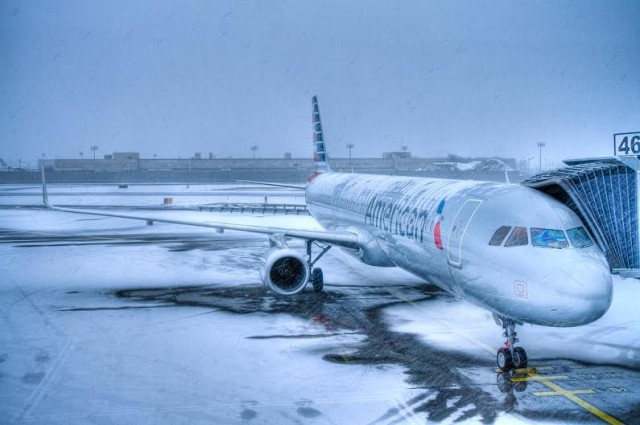
American Airlines’ Airbus A321 sitting at JFK – Photo: Eric Dunetz
This story was written for AirlineReporter.com by Eric Dunetz (@southpawcapture)
Out with the old and in with the new.
American Airlines showed off their brand-new Airbus A321 at John F Kennedy International Airport (JFK) on Tuesday and upped the game in the ever-competitive transcontinental market. I was invited to take a tour.
The A321 with be replacing American’s aging Boeing 767-200 on the JFK/LAX route starting January 7th, and the JFK/SFO shortly thereafter, and will offer a welcomed upgrade for passengers.
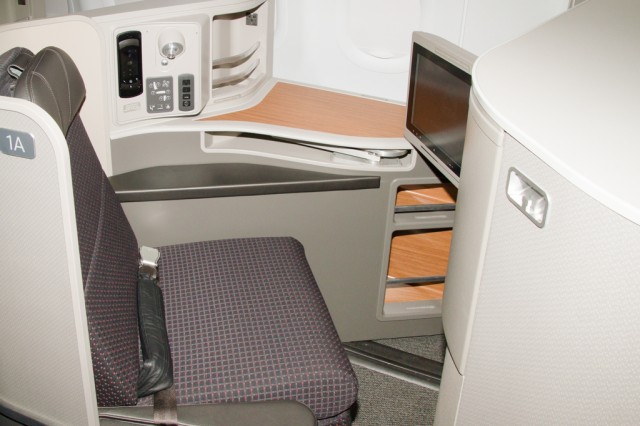
A First Class seat on the American Airbus A321 – Photo: Eric Dunetz
American will be the only carrier to offer a three-class cabin, featuring fully lie-flat seats in both First and Business Class, on a narrow-body aircraft. The First Class cabin will be outfitted with 10 fully lie-flat seats in a 1-1 configuration, giving each seat direct aisle access.
Business class will have 20 fully lie-flat seats in a 2-2 configuration. Each premium class seat features a 15.4-inch HD-capable touchscreen monitor offering a selection of in-flight entertainment including movies, TV programs, audio selections, and games.
In Main Cabin (economy) every seat will have an 8.9-inch HD-capable touchscreen monitor with an assortment of movies, TV programs, games and audio selections. Only a portion of the content is free.
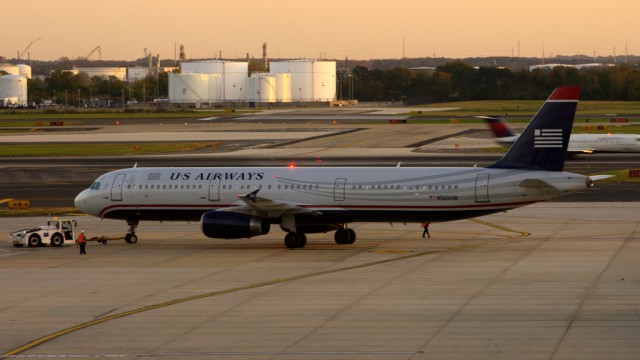
An Airbus A321 pushing back at Philadelphia. Is this a Boeing 757 replacement? – Photo: Mal Muir | AirlineReporter.com
With most Boeing 757s heading toward the end of their life cycles, airlines are moving forward with plans for more fuel-efficient aircraft that can hold similar amounts of passengers over a decent range. The most popular option at the moment is the Airbus A321. Having never flown one myself, I was excited to have an opportunity to test out this aircraft on a recent flight out east. I wanted to see first hand how the newer A321 stacked up to the (soon-to-be) classic 757.
At the moment, the only current operatosr of the A321 in the U.S. are Spirit and US Airways; however JetBlue and American Airlines have received their first ones and Delta, and Hawaiian have plans to expand their fleet with the A321 in either CEO (Current Engine Option) or NEO (New Engine Option) flavor. In some cases, these aircraft will replace 757s, such as with AA; however, some are just for expansion as with the case of JetBlue & Hawaiian.
My first-ever flight on an Airbus A321 was with US Airways, travelling from Phoenix to Washington DC’s Reagan National Airport. Not only would this be a new aircraft for me, but also a new airport (Phoenix) and a new airline (US Airways). Hee-haw, I was down for the AvGeek newness tri-fecta.
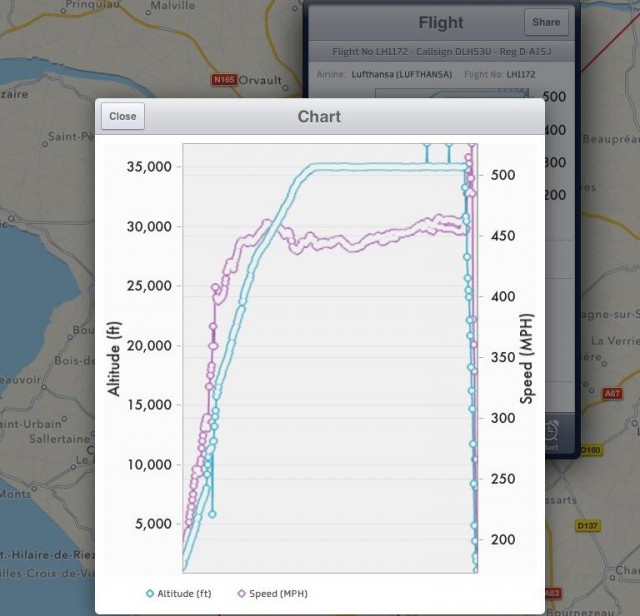
Image from PlaneFinder.net via NYCAviation.com.
Watching airline activity live via social media can have interesting consequences. Last week, I happened to see the #7700 tweet [which are tweets that are auto generated that go out any time an aircraft in coverage squawks 7700] from Planefinder.net as soon as it was posted and went to check out what was happening. Normally when you catch these emergencies, not much happens immediately, and the aircraft either continues on to its destination, or diverts to another airport.
This time I noticed that the aircraft immediately entered a very rapid descent [see an image of normal descent]. In my experience, something like that is usually caused by a loss of cabin pressure, where the pilots level off at 10,000 feet to asses the situation. However, this aircraft passed 10,000 and continued to rapidly descent, which was worrying. Was this a huge emergency, website error or just standard procedure for some issue on the flight?
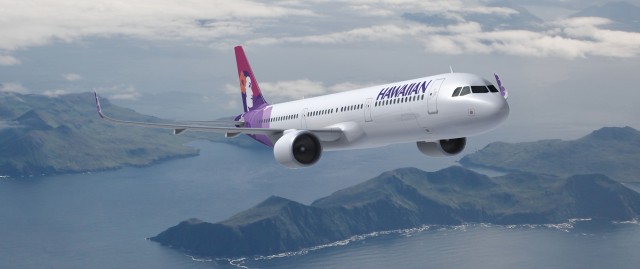
Mock up of what Hawaiian Airlines Airbus A321neo will look like. Aircraft image from Airbus. Can you tell where the background image was taken (it is a real photograph by Brandon Farris).
On Monday Hawaiian Airlines made a big announcement that it was ordering the Airbus A321neo to add to its expanding fleet.
The order is for 16 A321neo’s along with the rights to purchase up to nine more of the type. The carrier currently has 43 aircraft that is a mix of Boeing 767-300ER that it primarily uses on its west coast operations from the islands, the A330-200 used on international long haul ops and the Boeing 717 that it uses for inter-island hopping.
“Everyone at Hawaiian wants us to keep our position as the market leader in service quality, cost efficiency and choice of destinations. Ordering the A321neo will secure this legacy on routes to the U.S. West Coast beyond the middle of this decade,” said Mark Dunkerley, president and CEO of Hawaiian Airlines. “The A321neo will be the most fuel-efficient aircraft of its type after its introduction in 2016. With its slightly smaller size we’ll be able to open new markets that are not viable for wide-body service, while also being able to augment service on existing routes to the West Coast of North America.”
At 146-feet-long, the A321neo will seat approximately 190 passengers in a two-class configuration (First and Coach) and has a range of 3,650 nautical miles. Terms of the agreement were not disclosed, however, the aircraft have a total list-price value of approximately $2.8 billion if all of the purchase rights are exercised.
The new acquisitions are also contingent upon Hawaiian signing new agreements with its pilots and flight attendant unions covering operation of the new aircraft type. If new agreements are reached, the fleet expansion is expected to generate roughly 1,000 additional jobs at the airline.
“This is a significant investment in the future of both Hawaiian and Hawaii. Our tourism-based economy and local employment will benefit as we continue our strategy of diversifying our business while improving the efficiency of our operation,” Dunkerley commented.
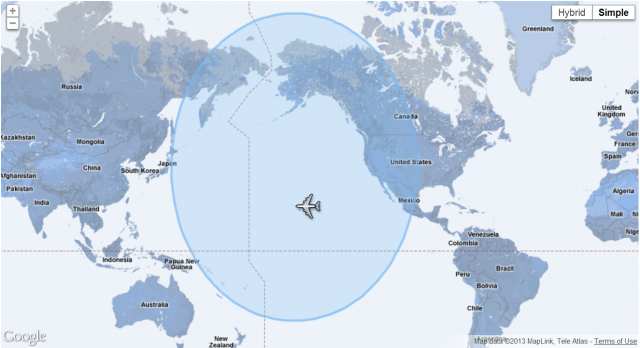
This is the current range of the A321 from Hawaii. The A321NEO will add an additional 450 miles.
“We have come to think of Hawaiian Airlines as ‘ohana’ (family) and are very pleased to add yet another branch to our tree with this pending expansion of the Hawaiian Airbus fleet,” said John Leahy, Airbus chief operating officer, customers. “Hawaiian has gotten great results with their A330s.”
There is much speculation from analyst and fans where the aircraft will be flown, whether they will take over the current 767 west coast routes or lead to expansion for Hawaiian to operate to new west coast operations. By the time these aircraft join the fleet their 767’s will be around 18 to 20 years old for the leased ones and 30 years with the four that it purchased from Delta in 2005.
Other ideas are this purchase is to keep the A350 and A330-200s free to continue what has been a rather aggressive expansion from the quite airlines on the islands.
 |
This story written by…Brandon Farris, Correspondent. Brandon is an avid aviation geek based in Seattle. He got started in Photography and Reporting back in 2010. He loves to travel where ever he has to to cover the story and try to get the best darn shot possible.
@BrandonsBlog | RightStuffPhotography | Flickr |







